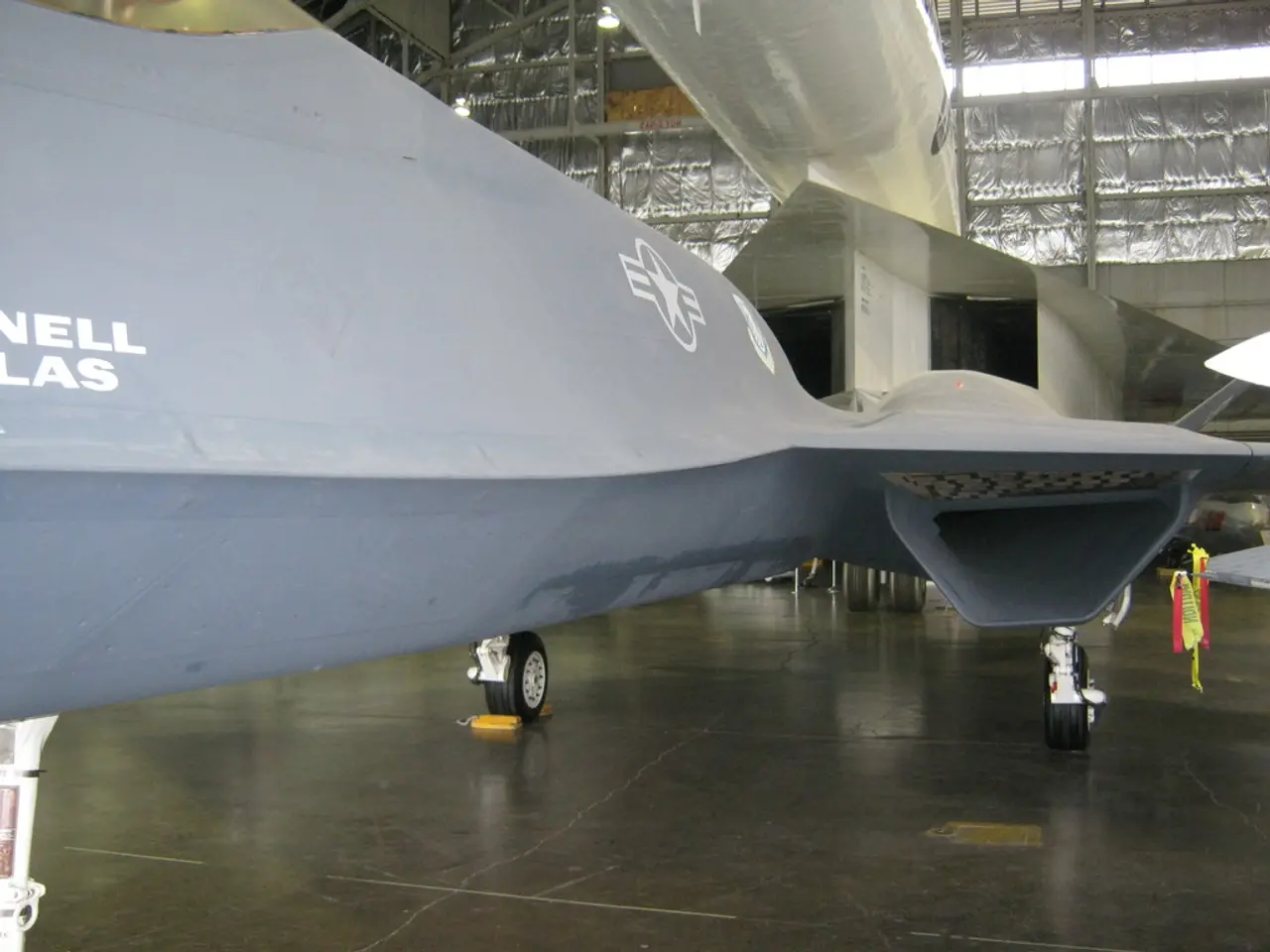Essential Facts for Purchasing a School Photocopier
In today's digital age, connectivity is essential, especially for wireless units in situations where internet cabling is not available. This is particularly true for school copiers, which play a crucial role in facilitating effective communication and learning within educational institutions.
When buying a school copier, several key factors should be considered to ensure that the machine meets the school's specific needs while being budget-friendly.
Volume and Usage
Accurately estimate your monthly print volume. Smaller schools with lower volumes can opt for mid-range copiers, while high schools and universities with heavy daily printing require high-capacity machines. Choose a copier with a duty cycle about 20–30% higher than your average usage to ensure durability and reduce wear.
Image Quality
Consider the type of printing technology suited to your needs. Laser copiers offer faster printing, high capacity, and sharper text, ideal for administrative documents and exams. Inkjet copiers (less common in schools) may offer better photo quality but are slower and less efficient for high volume.
Type of Copier
- Monochrome vs. Color: If color printing isn't essential, monochrome copiers are cheaper to buy and maintain. For projects needing color (newsletters, flyers), color copiers are appropriate but costlier.
- Printer-only vs. Multifunction (MFP): Multifunction machines that include scanning, copying, and sometimes faxing offer greater flexibility for school administrative tasks and save space versus separate devices.
Speed
Copier speed (pages per minute) should match your volume and workflow needs. High-volume environments benefit from faster machines that avoid print bottlenecks. For schools with hundreds of pages daily, look for copiers optimized for speed without sacrificing quality.
Paper Handling and Types
Ensure the copier supports the paper sizes and types your school uses (e.g., standard letter, legal, cardstock, envelope). Duplex (double-sided) printing capability is highly recommended to reduce paper consumption and costs. Look for machines with multiple paper trays to handle different paper stocks efficiently.
Pricing and Cost Efficiency
Consider both upfront purchase price and long-term operating costs. Evaluate cost-per-page (CPP) including toner/ink, maintenance, and service plans. Toner efficiency and availability of refill or subscription programs can lower recurring costs. Managed Print Services (MPS) may provide predictable billing and professional upkeep, which benefits tight school budgets.
Energy Efficiency
Look for copiers with energy-saving features or certifications (like ENERGY STAR). Schools should prioritize models that reduce power consumption during idle times to lower electricity costs and support sustainability goals.
In summary, balance your school’s volume and printing needs against budget constraints by choosing a copier that offers reliable speed, appropriate image quality, duplex and multi-paper handling, cost-effective consumables, and energy efficiency to support long-term use in an educational setting.
A teacher may find an interactive laptop useful for enhancing student learning in today's technological era, allowing for engaging presentations, collaborative projects, and multimedia-based instruction.
To optimize the use of technology in schools, educational institutions should consider investing in wireless gadgets that promote connectivity, especially in scenarios where internet cabling is unavailable.
When selecting a copier for a school, it's important to account for factors such as volume and usage, image quality, type of copier, speed, paper handling and types, pricing and cost efficiency, and energy efficiency to ensure the device meets the institution's unique needs.
In order to promote effective communication within educational institutions, gadgets like school copiers equipped with advanced technology and efficient wireless connectivity can play a significant role in facilitating seamless interaction among students, teachers, and school administrative personnel.




